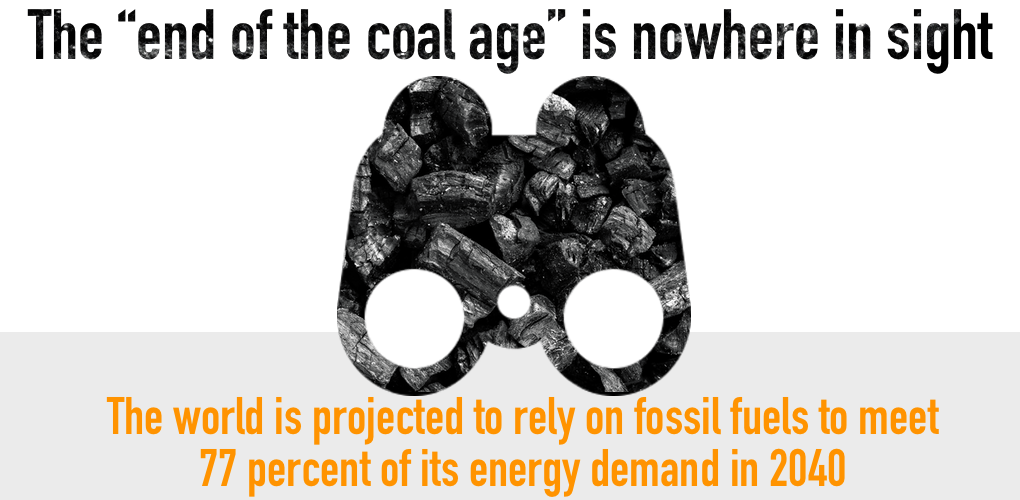
A Most Vital Technology
What technology does Fatih Birol, director of the International Energy Agency (IEA), believe is “most vital” to reducing emissions? Wind or solar power? Nuclear energy or energy storage? It is, in fact, carbon capture.
Mr. Birol made his remarks last week in a joint press conference with U.S. Energy Secretary Rick Perry. Both are adamant that you can’t have a serious conversation about reducing emissions without providing prominence to carbon capture technologies.
What Director Birol knows, and what one energy expert after another continues to point out, is that fossil fuels are here to stay. They are the foundation of the global economy and remain the key to reducing energy poverty, driving industrialization and lifting economic growth.
As Secretary Perry rightfully pointed out, the world is projected to rely on fossil fuels to meet 77 percent of its energy demand in 2040. Mr. Birol echoed those remarks by saying, the “end of the coal age” is nowhere in sight. His own agency reported that global coal demand grew last year and that coal remains the world’s leading fuel for electricity generation.
The World Coal Association recently reported that there is 492 GW of new coal-fueled power plant capacity either planned or under construction. Most of it is pegged for emerging economies.
According to the IEA, while the average age of coal plants in the U.S. and Europe is 42 years, the average coal plant in Asia is just 11-years-old. Asia’s fleet of 2,000 GW of coal plants, either operating or under construction, is young. Those plants – and the additional plants that will join them – will operate for decades to come. That reality must inform our own energy future and our own approach to carbon mitigation.
While in Washington, Mr. Birol told the Senate Energy and Natural Resources Committee that, “We are not in a position to pick up our favored technology today. We need all those: renewables, nuclear, CCUS [carbon capture, utilization, and storage] and efficiency.”
He’s absolutely right. An all-of-the-above approach to reducing emissions can’t be a talking point – it’s an imperative. That’s why technology, not taxes or fuel-specific mandates, must be the path forward. It’s a clear reminder to invest in technologies that can make a difference today while we redouble our efforts to develop and deploy the technologies that will be essential to reducing emissions tomorrow. High efficiency, low emissions coal technology is a perfect example of the advanced energy technology that can help reduce emissions right now while putting us firmly on the path to even greater reductions ahead.
If we don’t see the world as it is, even the most ambitious and costly proposals to reduce emissions in the U.S. will do little to reduce global emissions. Effective emissions strategies must be replicable. They must focus not on the fuels some hope the world uses but rather on those fuels that actually power the global economy.
- On March 6, 2019
